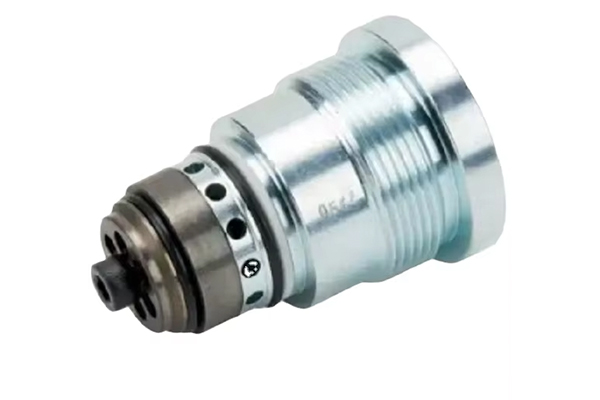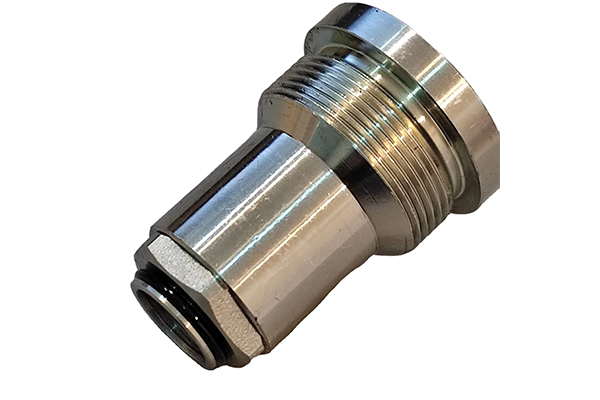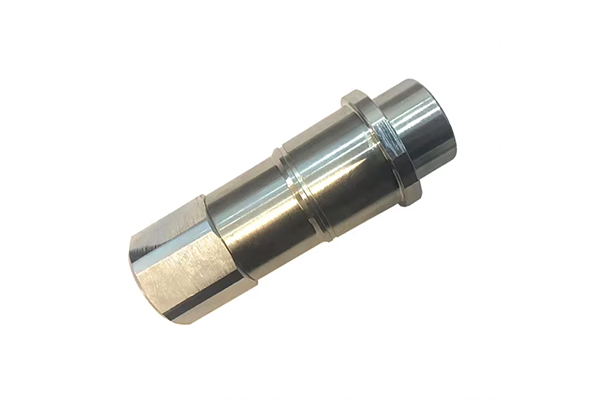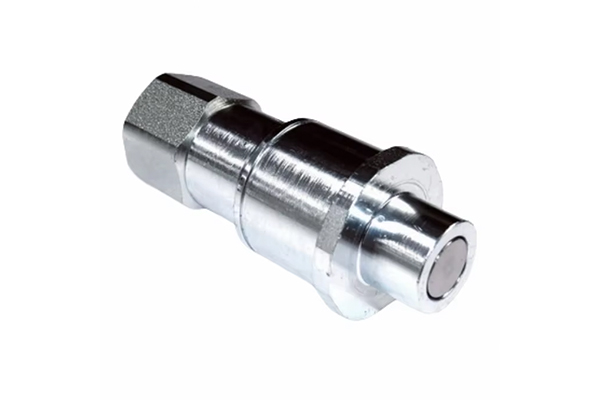How does the design of agricultural machinery quick connector adapt to the interface requirements of different agricultural machinery?
Release Time : 2025-01-29
As a key component for connecting various parts, the quick connector of agricultural machinery must fully consider its adaptability and versatility in design to meet the diverse interface requirements of different agricultural machinery. With the acceleration of agricultural modernization, the design of quick connectors is also evolving, aiming to improve operating efficiency, reduce maintenance costs, and ensure the stability and reliability of machinery in various operating environments.
The design of agricultural machinery quick connector first focuses on the standardization of interface size. By formulating a unified interface size standard, the quick connector can be seamlessly connected with a variety of agricultural machinery, such as tractors, harvesters, and seeders. This standardized design not only simplifies the installation process, but also enables agricultural machinery of different brands and models to use quick connectors interchangeably, improving the compatibility and flexibility of the equipment.
The material selection of the connector is also a key link in the design. Agricultural machinery often works outdoors, facing complex operating environments and changing climatic conditions. Therefore, quick connectors are usually made of high-strength, corrosion-resistant materials, such as stainless steel and alloys, to ensure their durability and stability in harsh environments. In addition, the surface of the connector may also be specially treated, such as galvanizing or spraying anti-corrosion paint, to further enhance its corrosion resistance.
In order to adapt to the operating needs of different agricultural machinery, the design of quick connectors also focuses on the diversity of functions. For example, some connectors have anti-entanglement functions, which effectively reduce the risk of rope entanglement and improve operating efficiency by optimizing the structure and materials. Other connectors have the characteristics of high pressure resistance and high temperature resistance, which are suitable for hydraulic systems and high temperature working environments. In addition, some quick connectors are designed with automatic switching valves, which can automatically control the flow of fluids when connecting and disconnecting to ensure the safety of operations.
The operability of quick connectors is also an important consideration in the design. In order to simplify the operation process, many quick connectors adopt user-friendly designs, such as intuitive indicator marks and convenient plug-in and unplug methods. This design enables farmers to easily connect or disconnect connectors during operation, reducing the difficulty of operation and improving operating efficiency.
In summary, the design of agricultural machinery quick connector has successfully adapted to the interface requirements of different agricultural machinery through measures such as standardized interface size, selection of high-strength corrosion-resistant materials, focus on functional diversity, and improved operability. This design not only improves the operating efficiency and stability of agricultural machinery, but also provides strong support for the process of agricultural modernization.
The design of agricultural machinery quick connector first focuses on the standardization of interface size. By formulating a unified interface size standard, the quick connector can be seamlessly connected with a variety of agricultural machinery, such as tractors, harvesters, and seeders. This standardized design not only simplifies the installation process, but also enables agricultural machinery of different brands and models to use quick connectors interchangeably, improving the compatibility and flexibility of the equipment.
The material selection of the connector is also a key link in the design. Agricultural machinery often works outdoors, facing complex operating environments and changing climatic conditions. Therefore, quick connectors are usually made of high-strength, corrosion-resistant materials, such as stainless steel and alloys, to ensure their durability and stability in harsh environments. In addition, the surface of the connector may also be specially treated, such as galvanizing or spraying anti-corrosion paint, to further enhance its corrosion resistance.
In order to adapt to the operating needs of different agricultural machinery, the design of quick connectors also focuses on the diversity of functions. For example, some connectors have anti-entanglement functions, which effectively reduce the risk of rope entanglement and improve operating efficiency by optimizing the structure and materials. Other connectors have the characteristics of high pressure resistance and high temperature resistance, which are suitable for hydraulic systems and high temperature working environments. In addition, some quick connectors are designed with automatic switching valves, which can automatically control the flow of fluids when connecting and disconnecting to ensure the safety of operations.
The operability of quick connectors is also an important consideration in the design. In order to simplify the operation process, many quick connectors adopt user-friendly designs, such as intuitive indicator marks and convenient plug-in and unplug methods. This design enables farmers to easily connect or disconnect connectors during operation, reducing the difficulty of operation and improving operating efficiency.
In summary, the design of agricultural machinery quick connector has successfully adapted to the interface requirements of different agricultural machinery through measures such as standardized interface size, selection of high-strength corrosion-resistant materials, focus on functional diversity, and improved operability. This design not only improves the operating efficiency and stability of agricultural machinery, but also provides strong support for the process of agricultural modernization.







